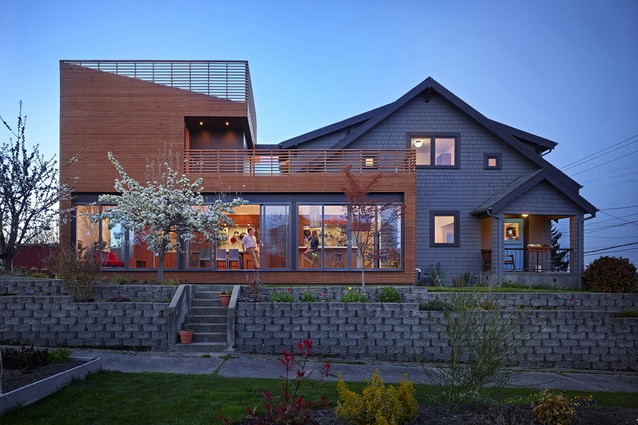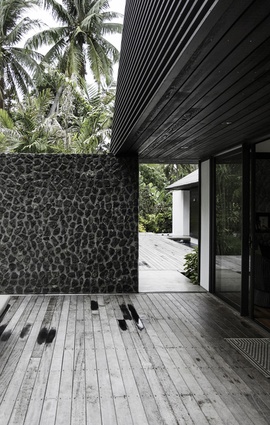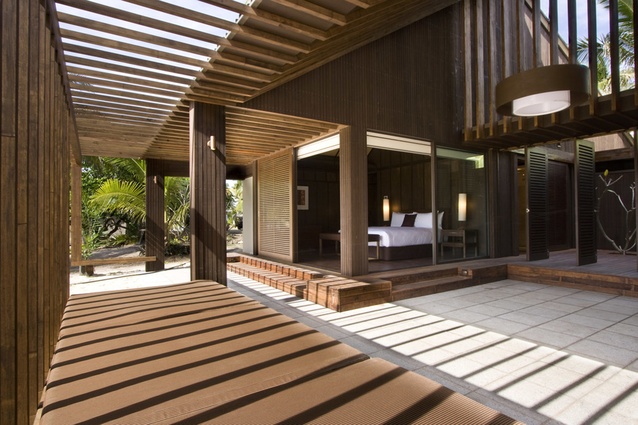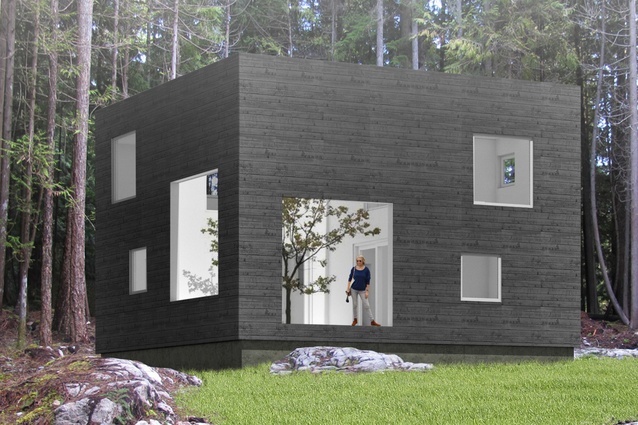Architect interview: Mark Ritchie
ArchitectureNow chats with Kiwi architect Mark Ritchie about setting up the practice Architecture Building Culture (ABC) in Canada and the influence that New Zealand culture has on their work.

Amelia Melbourne-Hayward: You ran your own successful practice Mark Ritchie Architects in New Zealand from 2003 to 2009, what made you want to pack up and head overseas for work?
Mark Ritchie: My wife is Canadian and my kids were at a good age to move. I was also motivated to try my hand at setting up a practice in a new country.
AMH: What professional connections do you maintain with New Zealand, if any?
MR: I still have membership with the NZIA and have maintained my registration with NZRAB.
AMH: Do you think your practice is influenced by your New Zealand architectural background? If so, how?
MR: New Zealand’s new world culture of experimentation, of looking for new ways to solve traditional problems translates into our work, I think. Also the tradition of the outdoors and the interior co-existing in some significant way in architecture is something that shapes our work.
In New Zealand I found that architects, designers and building owners are very mindful of the relationship between interiors and the outdoors. It is something that works its way into all our projects – even ‘interior’ projects.
AMH: What was the motivation behind starting Architecture Building Culture?
MR: Our practice was born out of the 2008 recession. My business partner Brian Cavanaugh had to leave a large office in Seattle and decided to set up his own practice. I was a recent arrival just up the road in Vancouver. We knew each other well from New Zealand – Brian and his family lived there around ‘06/07 – and had reconnected in the Pacific North West.
I had also started working on my own projects in Vancouver and so it didn’t take much for us to join forces and form a practice. The idea was to form ‘one office’ that was split over two locations. We work on everything together and talk at length about all the projects every day, despite being physically in separate locations. It has worked well.

AMH: Tell me about the design philosophy behind ABC. Do you have a particular style?
MR: No style, more of an approach. We find that each project has very different cultural conditions, making a stylistic approach not plausible. We avoid approaching a new project with a previously conceived vision. We see each project as another opportunity to develop a new architectural language based on a sound idea.
The architecture ultimately emerges from the conditions; site, budget, program, owner, users and stake holders, consultants and the wider political, economic and physical context are all part of the cultural conditions of the project. In there somewhere are clues to a direction and ultimately an architectural idea.
AMH: What is ABC working on at the moment? Do you have any upcoming projects in New Zealand or the South Pacific?
MR: We are currently working on a residence on Vomo Island, Fiji, which is due to be completed in May this year. In 2014 we completed a Spa on the same island. We are also working on a 9000 square foot house here in Vancouver that is due to be completed mid-2016.
We have three multi-unit housing projects in Portland at the moment and a residence in L.A. We also have two ‘cabins’ (Canadian for bach) that we are working on. They are located on a stunning shore side property near Vancouver.
AMH: What are a couple of interesting and rewarding projects you have worked on in your career to date?
MR: The four projects that we have had on Vomo Island, Fiji have been very rewarding. It is difficult building on an island in Fiji. Time, cost and quality are always being tested.
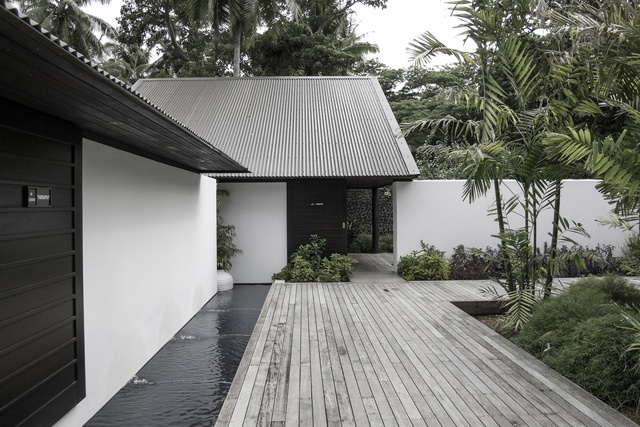
AMH: What did your time working in Asia at Kerry Hill Architects teach you?
MR: Have a crack at it and design discipline. Re-design it 30 times if need be to get it right. Kerry Hill is a very accomplished architect and the office was full of talented young architects and interior designers from around the world. I learned as much from these people as I did from Kerry.
Also, Kerry attracted very interesting and exciting projects in many different countries so it was a great experience to work on these. I learned how to design and detail for a given construction culture. Malaysia, Singapore, Indonesia and Australia are all very different environments to build.
AMH: How does running a practice in Canada differ to running one in New Zealand?
MR: Quite similar in many ways. There seems to be a bit more red tape in Canada. It costs more to incorporate etc. I think is it slightly easier in New Zealand for new businesses to get established.
AMH: What advice would you give to Kiwi architects who are thinking about starting their own practice overseas?
MR: Do it! Also take a look at how onerous the re-licensing process is in that country. Perhaps try to qualify as an APEC architect in New Zealand first, then try a country where an APEC agreement between New Zealand and that country exists. Also, running my own practice in New Zealand for 7 years before setting up in Canada was probably pretty important in making it work overseas.
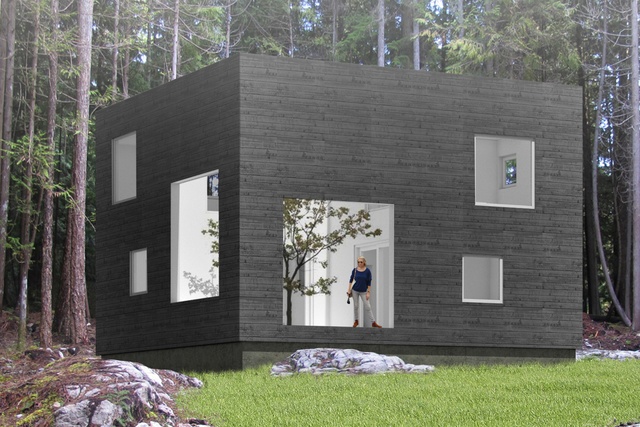
AMH: ABC works closely with the non-profit program 1% (now OnePlus) – how does working with this organization affect the firm’s thinking?
MR: We are happy to donate a portion of our fee to assist an organization where there is also some architectural merit in the project that also assists us. Two examples are the Lubavitch Foundation of British Columbia interior project and the more recently completed Laura’s Place in Portland, Oregon, a supportive transitional housing facility for women who have graduated from Central City Concern’s Letty Owings Center. The communal home offers mothers who have successfully completed their treatment programs the chance to take their next step and translate new skills to everyday life.
AMH: What would be an ideal commission that you haven’t had a chance to work on yet?
MR: A museum. Brian my business partner has significant experience with large museums and I would love to work on one with him.
AMH: Finally, is there a particular style, or architect, that you’re personally passionate about?
MR: David Chipperfield’s work continually amazes me.

